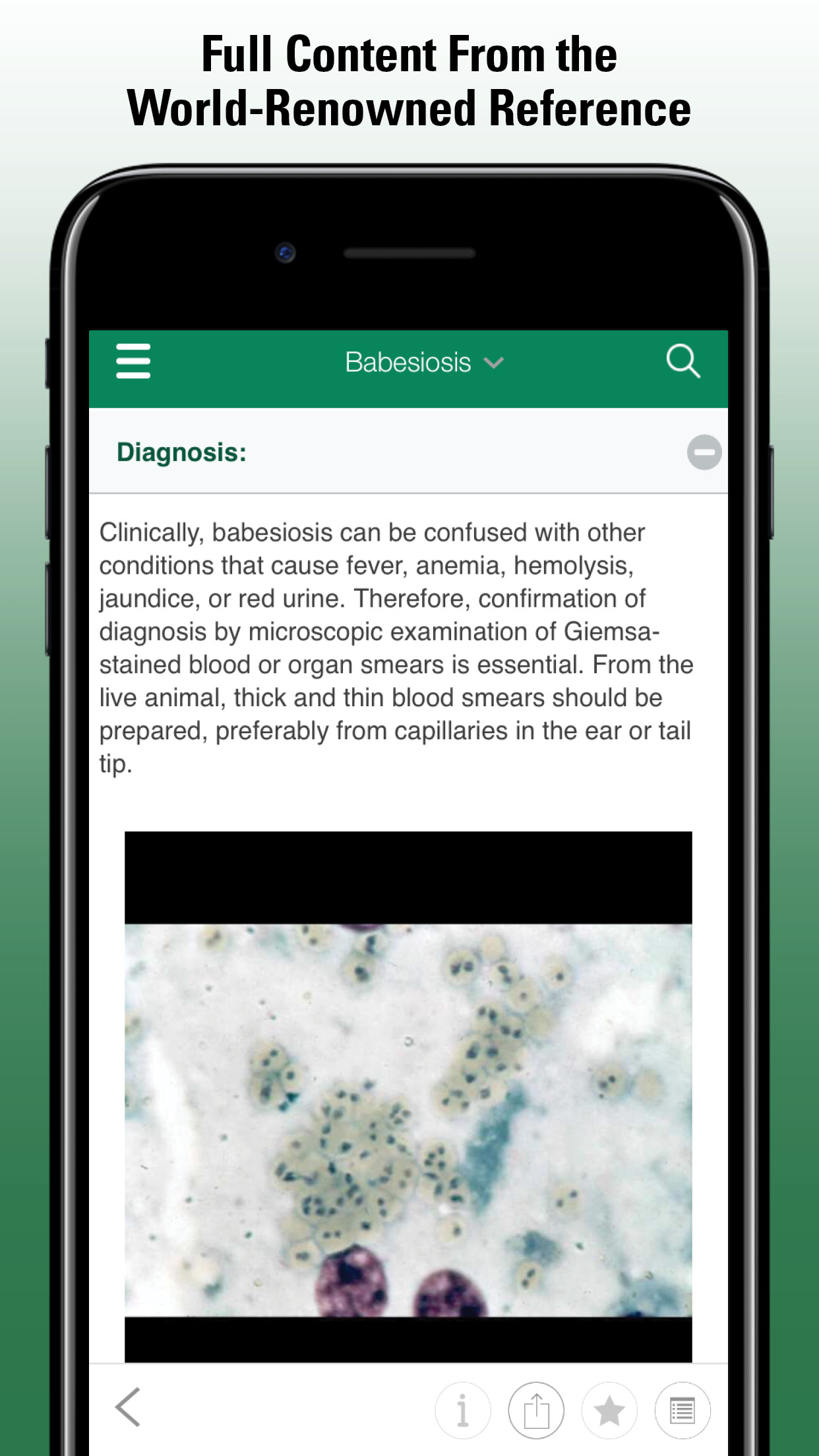Rectal Strictures in Pigs
- Intestinal Diseases in Pigs
- Overview of Intestinal Diseases in Pigs
- Clostridium difficile Enteritis in Pigs
- Clostridium perfringens Type A Enteritis in Pigs
- Clostridium perfringens Type C Enteritis in Pigs
- Edema Disease in Pigs
- Enteric Colibacillosis in Pigs
- Hemorrhagic Bowel Syndrome in Pigs
- Intestinal Salmonellosis in Pigs
- Intestinal Spirochetosis in Pigs
- Parasitism (Gastrointestinal) in Pigs
- Porcine Epidemic Diarrhea
- Porcine Proliferative Enteritis
- Rectal Strictures in Pigs
- Rotaviral Enteritis in Pigs
- Swine Dysentery
- Transmissible Gastroenteritis in Pigs
- Other Intestinal Viruses of Pigs
In growing pigs, rectal strictures are sequelae of severely traumatized rectal prolapses (see Rectal Prolapse) or of infections that interfere with rectal blood supply. The former cause sporadic cases; the latter may be epidemic. One cause is Salmonella Typhimurium infection (see Intestinal Salmonellosis in Pigs), which produces an ulcerative proctitis that heals in such a manner that normal function is not restored. The stricture is reportedly the result of fibrosis of the rectal tissue due to persistent ischemia caused by infection in an area of limited blood supply.
Clinical Findings:
Several bloated pigs in varying stages of emaciation are generally seen in a group of growing pigs. Other clinical signs, including prior outbreaks of severe debilitating diarrhea, are common but not always reported. An index finger rarely can be passed into the rectum without considerable resistance.
Lesions:
Diagnosis:
Treatment and Control:
- Intestinal Diseases in Pigs
- Overview of Intestinal Diseases in Pigs
- Clostridium difficile Enteritis in Pigs
- Clostridium perfringens Type A Enteritis in Pigs
- Clostridium perfringens Type C Enteritis in Pigs
- Edema Disease in Pigs
- Enteric Colibacillosis in Pigs
- Hemorrhagic Bowel Syndrome in Pigs
- Intestinal Salmonellosis in Pigs
- Intestinal Spirochetosis in Pigs
- Parasitism (Gastrointestinal) in Pigs
- Porcine Epidemic Diarrhea
- Porcine Proliferative Enteritis
- Rectal Strictures in Pigs
- Rotaviral Enteritis in Pigs
- Swine Dysentery
- Transmissible Gastroenteritis in Pigs
- Other Intestinal Viruses of Pigs




